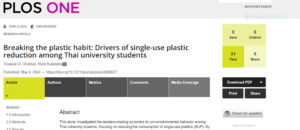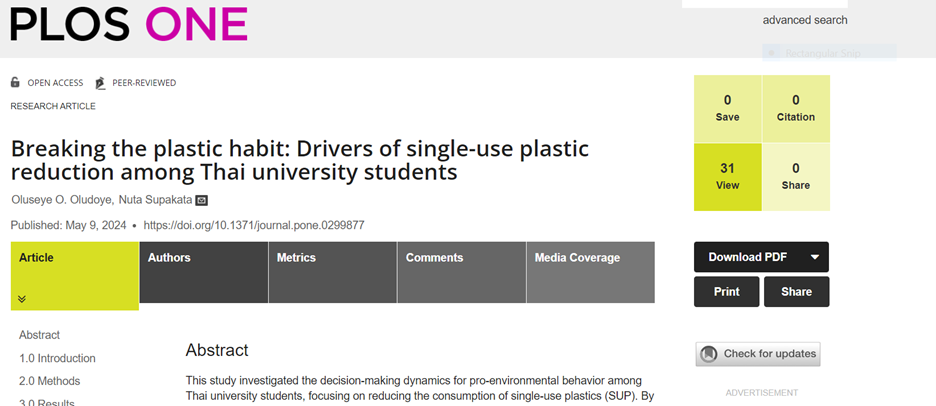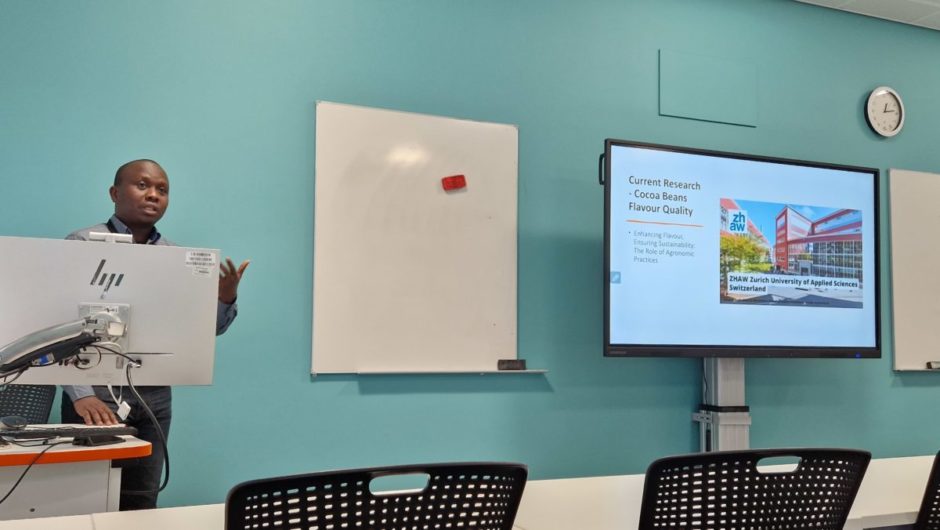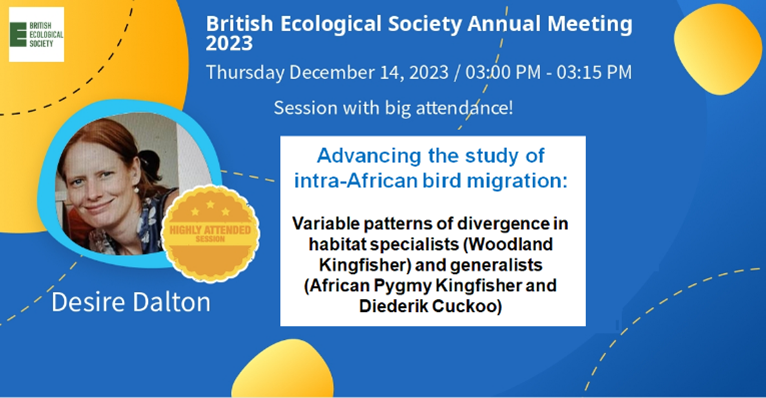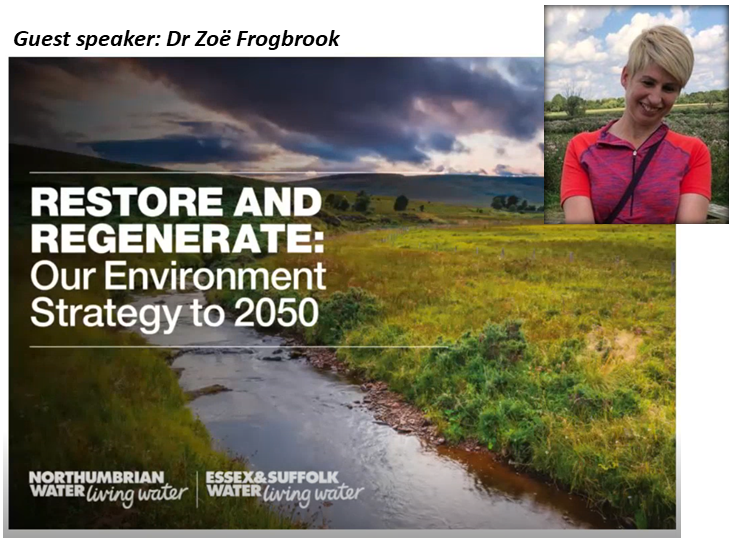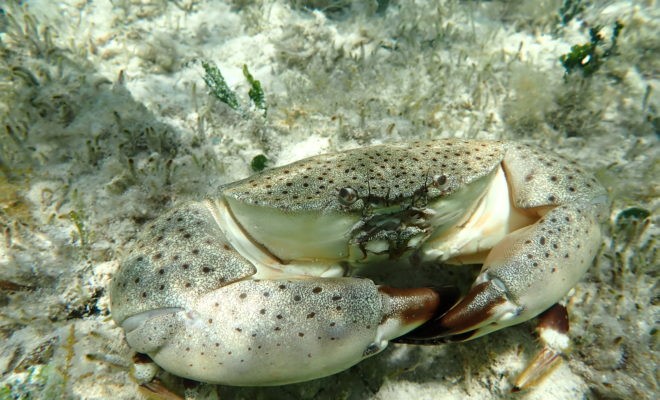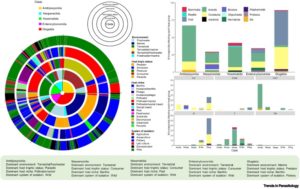The pervasive use of single-use plastics (SUP) has emerged as a critical environmental concern globally. In the heart of Southeast Asia, Thailand grapples with significant plastic waste challenges, making it imperative to understand and foster behaviours that reduce plastic consumption. This study sheds light on this pressing issue by exploring the psychosocial factors influencing SUP reduction among Thai university students. The study is pivotal for its insights into the dynamic process of behaviour change within an academic setting, offering valuable lessons for environmental policy and educational strategies.
Context and Methodology
The study focuses on university students in Thailand, a demographic that is both influential and representative of future societal leaders. The research utilizes the Theory of Planned Behaviour (TPB) and the Transtheoretical Model (TTM) to assess students’ intentions and actions towards reducing SUP consumption. This integrated model approach allows for a nuanced analysis of the stages of behaviour change—from pre-contemplation to maintenance—and the impact of attitudes, perceived behavioural control, and subjective norms across these stages. The methodology encompasses a combination of confirmatory factor analysis (CFA) and structural equation modelling (SEM) to validate the theoretical framework and examine the causal relationships among the variables. The research was conducted with a sample of 317 undergraduate students from five major universities in Thailand. These students were chosen due to their informed perspectives on the environmental impacts of SUPs, as evidenced by preliminary findings from a pilot study.
Key Findings
The results reveal a complex landscape of behavioural intentions shaped by different psychosocial factors at various stages of the behaviour change process:
1. Attitudes: Positive attitudes towards reducing SUP were significant predictors of behavioural intention only in the contemplation phase, suggesting that while students recognize the benefits of reducing plastic use, this recognition does not always translate into action.
2. Perceived Behavioural Control: This was a consistent predictor across all stages, indicating that students’ beliefs in their ability to reduce plastic consumption significantly influence their behaviour. This factor had a stronger effect in the action phase, underscoring the role of self-efficacy in facilitating behaviour change.
3. Subjective Norms: These were particularly influential in the pre-contemplation phase, highlighting the importance of social influences and norms in shaping initial attitudes toward behaviour change.
The study also introduces the concept of “behavioural spillover,” suggesting that engaging in SUP reduction behaviours might encourage other pro-environmental actions, thereby enhancing overall environmental engagement among students.
Policy Implications and Recommendations
The findings have profound implications for policymakers and educational institutions aiming to promote environmental sustainability:
· Targeted Educational Campaigns: Universities should tailor their sustainability education and campaigns to align with the specific phases of behaviour change, emphasizing the development.
· Social Norms and Peer Influence: Initiatives that harness the power of social influence, such as student-led advocacy groups or peer-to-peer education programs, could be particularly effective in the initial stages of behaviour change.
· Behavioural Spillover: Educational programs should also consider the potential for behavioural spillover, encouraging students to adopt a broader range of sustainable practices beyond just SUP reduction.
The full details of this compelling study are available for those interested in a deeper dive into the study. Read more about the topic here.
This research not only contributes to our understanding of environmental behaviour among young adults in a university setting but also offers a blueprint for how educational institutions worldwide can foster a more sustainable future.